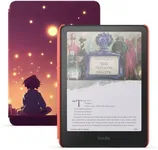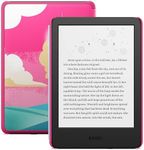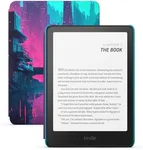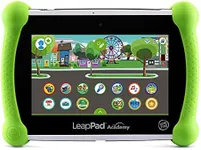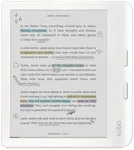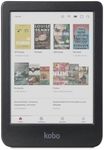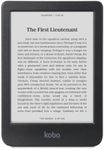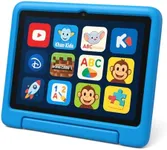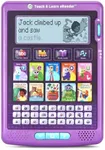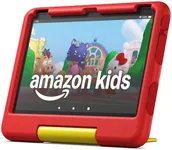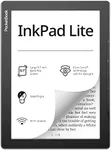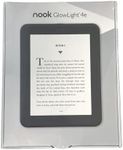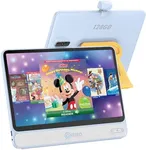Buying Guide for the Best Ereader For Kids
Choosing an eReader for kids involves considering factors that will make reading enjoyable and accessible for them. You want a device that is easy to use, durable, and has features that cater to a child's needs and preferences. Here are some key specifications to look at when selecting the best eReader for your child.Screen SizeScreen size refers to the diagonal measurement of the eReader's display. This is important because it affects how comfortable it is for your child to read. Smaller screens (around 6 inches) are more portable and easier for small hands to hold, while larger screens (7-8 inches) can display more text and are better for reading illustrated books. Consider your child's age and reading habits when choosing the screen size.
Screen TypeThe screen type can be either e-ink or LCD. E-ink screens mimic the look of paper and are easier on the eyes, making them ideal for long reading sessions. LCD screens are more vibrant and can display color, which is great for picture books and interactive content. If your child reads a lot of text-heavy books, an e-ink screen might be better. For younger children who enjoy colorful picture books, an LCD screen could be more engaging.
DurabilityDurability is crucial for kids' eReaders as they are more likely to be dropped or mishandled. Look for devices with sturdy construction, reinforced corners, and possibly water-resistant features. Some eReaders come with protective cases designed for kids. Assess your child's level of care with their belongings to determine how much durability you need.
Battery LifeBattery life indicates how long the eReader can be used before needing a recharge. Longer battery life means less frequent charging, which is convenient for kids who might forget to charge their devices. E-ink screens typically offer longer battery life compared to LCD screens. If your child reads frequently or for extended periods, opt for an eReader with a longer battery life.
Content AvailabilityContent availability refers to the range of books and materials accessible on the eReader. Some eReaders are tied to specific bookstores or libraries, offering a vast selection of children's books. Ensure the eReader supports the formats and sources where you plan to get your child's reading material. Consider your child's reading preferences and whether the device offers enough variety to keep them engaged.
Parental ControlsParental controls allow you to manage what your child can access on the eReader. This is important for ensuring they are reading age-appropriate content and not spending too much time on the device. Look for eReaders that offer robust parental control features, such as setting reading time limits, blocking certain types of content, and monitoring usage. Think about how much control you want over your child's reading habits.
Ease of UseEase of use refers to how simple and intuitive the eReader is for a child to operate. Features like touchscreens, simple navigation menus, and easy access to books are important. A user-friendly interface will help your child feel confident and independent while using the device. Consider your child's tech-savviness and choose an eReader that matches their ability to navigate digital devices.
